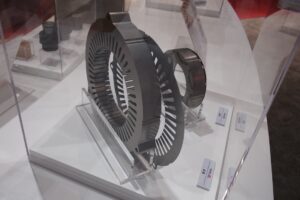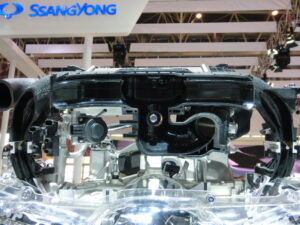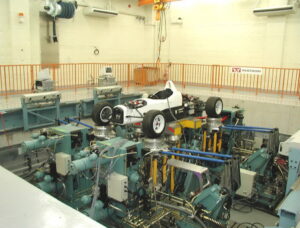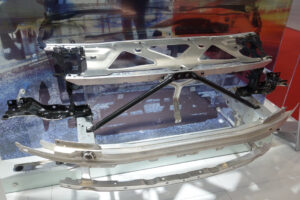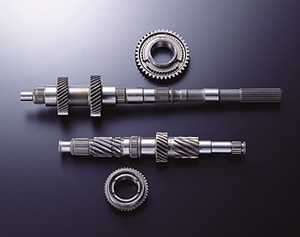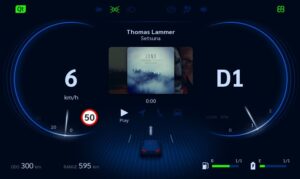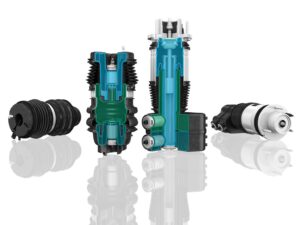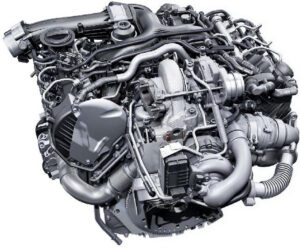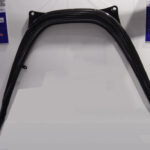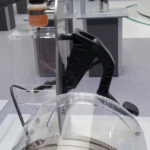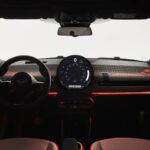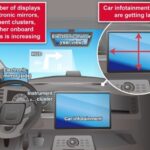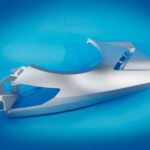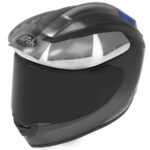
Modern restraint systems already intervene in accidents at a very early stage. In the event of an unavoidable crash, the belt tightens around the body before the crash (pre-tensioning) to reduce belt slack and decelerate it in a controlled manner after the impact and finally transfer it forwards into the airbag. The systems are based on representative, standardized test subjects (dummies). In future, the NCAP crash test will demand even better protection for individual vehicle occupants.
In order to reduce the forces acting on the body in the event of an accident, many seat belt systems already have a two-stage controllable load limiter (SLL). This was an important step towards adaptivity. To provide even more flexibility, ZF now offers its belt tensioner with multiple switchable load limiter (MSLL). It has a multi-stage design and can vary the restraining forces even better over the entire course of the crash. The system makes it possible to respond individually to people of different stature and to control the belt forces appropriately.

In the future, the path to more variability in belt forces will lead via the sensory recording of the interior in order to recognize even better which people are sitting where and which belt forces are to be applied individually in the event of a serious or minor collision. Various sources will be used for this: In addition to interior cameras, which, for example, detect when the driver operates the infotainment with their right hand or turns their head towards the rear occupants, the seat belt system itself can provide valuable information. This is because the sensors in the belt can measure the belt pullout length and thus allow conclusions to be drawn about body circumference and therefore stature and weight. In addition, there is the link to the active safety systems and their sensors outside the vehicle – from the camera to the radar. For the networked restraint system, for example, it is important to know from which direction an impact is coming. In this way, the MSLL can offer small and light persons better adapted individual protection in the event of moderate accidents (with impact speeds of up to 35 km/h). This applies, for example, to children in the rear seat. Older people, who have a higher risk of injury due to age dependent changed bone structure, can also benefit from this. In addition, the system also potentially improves occupant safety for heavy people in overload accidents (with impact speeds above 56 km/h).

